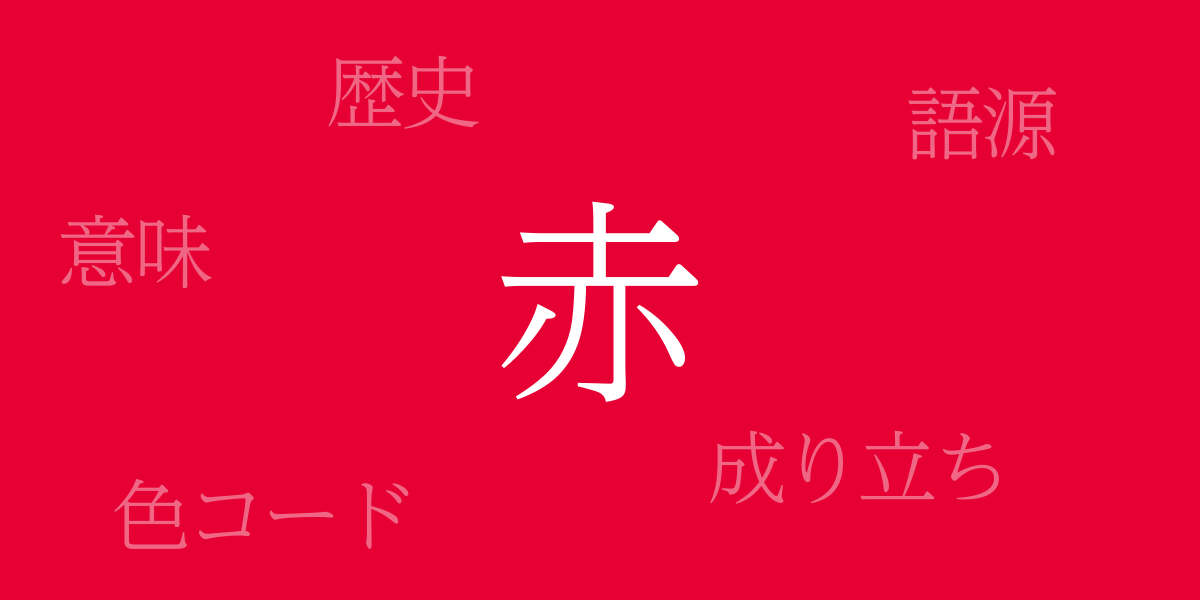Red (あか) is a symbol of passion, courage, and love. As a traditional Japanese color, red has a profound historical and cultural significance and has played a vital role in the lives of the Japanese. This article explores the rich history and meaning behind this vibrant color, and its importance in design and art.
About Red (あか)
Red (あか) is one of the most impactful colors in the spectrum. Known as the color most visible from a distance, it is ideal for attracting attention. In Japan, red is considered a color that brings good fortune and is commonly seen in traditional wedding attire and festivals. It is also used in New Year decorations such as kadomatsu and mochi, making it indispensable for celebrations.
History of Red
The use of red in Japan dates back to ancient times, being used in noble’s garments and architecture during the Heian period. Its origins go even further back, with red being used in haniwa figurines and paintings from the Kofun period. As time progressed, red was also used in samurai armor and flags, becoming a symbol of bravery and power. Additionally, it holds religious significance, used in torii gates at Shinto shrines and Buddhist temples.
Red Color Codes
In digital and web design, accurate color representation requires specific color codes. Below are the common color codes for red:
- HEX: #E60033
- RGB: R:230 G:0 B:51
- CMYK: C:10 M:99 Y:78 K:0
Western Names for Red
In the West, red is known by many names. For example, crimson, scarlet, and vermilion, each representing subtle differences in shade. Crimson denotes a deep, dark red; scarlet indicates a bright, vivid red; and vermilion refers to a slightly orange-tinted red.
Summary of Red
As a traditional Japanese color, red has been used extensively throughout history. Its hues are deeply embedded in the Japanese psyche, visible in festivities, historical contexts, and many facets of the arts. Red is more than just a color; it is part of Japan’s identity. Even today, red continues to fascinate many people and adds vibrancy to our lives in various forms.

























